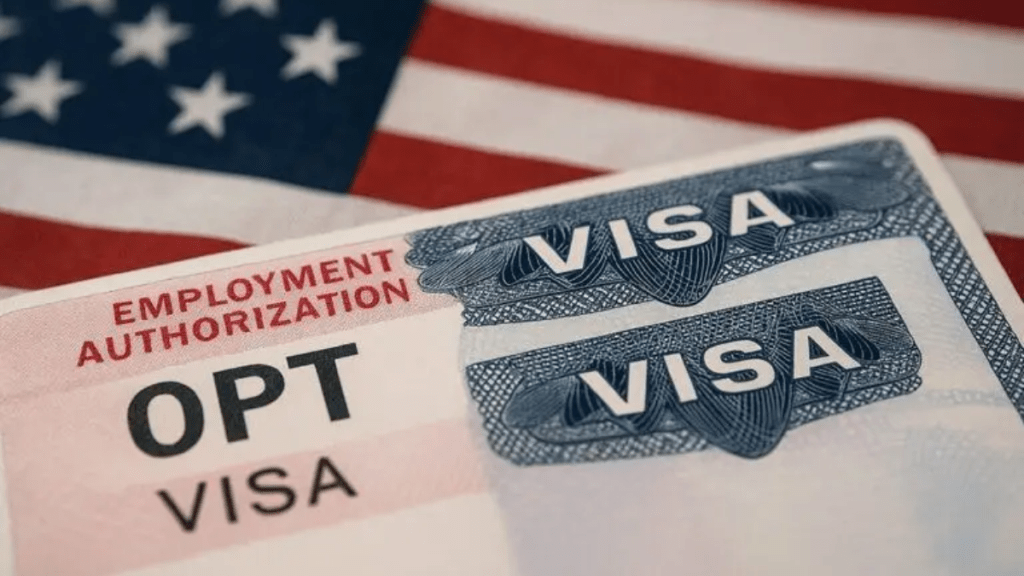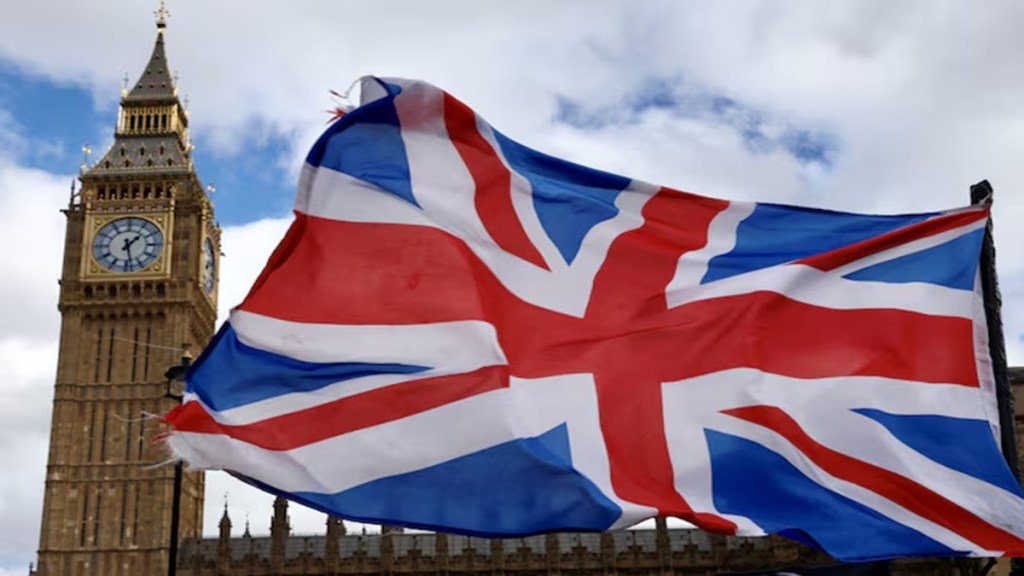
Romania and Bulgaria have officially become full members of the Schengen Area, bringing the number of participating countries to 29 and ending a 13-year wait for the two Eastern European nations.
This expansion occurred at midnight on Wednesday (22:00 GMT), with ceremonies held at various border posts to mark the occasion. As of midnight, border checks between Romania, Bulgaria, and their neighboring European Union countries were officially lifted, granting travelers unrestricted access to the entire 27-nation bloc.
Although Romania and Bulgaria were partially integrated into the Schengen Area in March, the freedom of movement was initially limited to air and sea travel. Land border controls remained in place due to opposition from Austria and other members, who raised concerns about the two countries’ efforts to curb unauthorized migration.
On Tuesday evening, Bulgaria’s and Romania’s interior ministers met at the Ruse-Giurgiu border crossing to celebrate the opening of the frontier. A similar ceremony took place at a border post between Hungary and Romania, with Hungary’s national police chief and Romania’s border police chief in attendance.
Both Romania and Bulgaria joined the EU in 2007 but had to wait until March for partial Schengen membership, which removed border checks for air and sea travel. Land border controls remained in effect due to resistance, particularly from Austria, over concerns about inadequate border security and migration management. Efforts to bring Romania and Bulgaria fully into the Schengen Area gained momentum when Hungary, during its EU presidency, pushed for their inclusion, partly due to the historical presence of ethnic Hungarians in Romania’s Transylvania region.
Schengen, one of the European Union’s landmark achievements, was originally established in 1985 by France, Germany, Belgium, the Netherlands, and Luxembourg as a way to promote free movement. Over time, it has grown into the world’s largest area of free travel.
Despite the latest expansion, some Schengen members, including the Netherlands, Austria, and Germany, reintroduced limited land border checks this year in response to concerns about migration and security risks. This move has raised fears among EU officials that it could undermine the very principles that Schengen was designed to support.
Before Bulgaria and Romania’s full inclusion, the Schengen Area consisted of 23 EU member states, plus Switzerland, Norway, Iceland, and Liechtenstein. Around 3.5 million people cross internal borders within the area daily, which is home to over 420 million people.




















